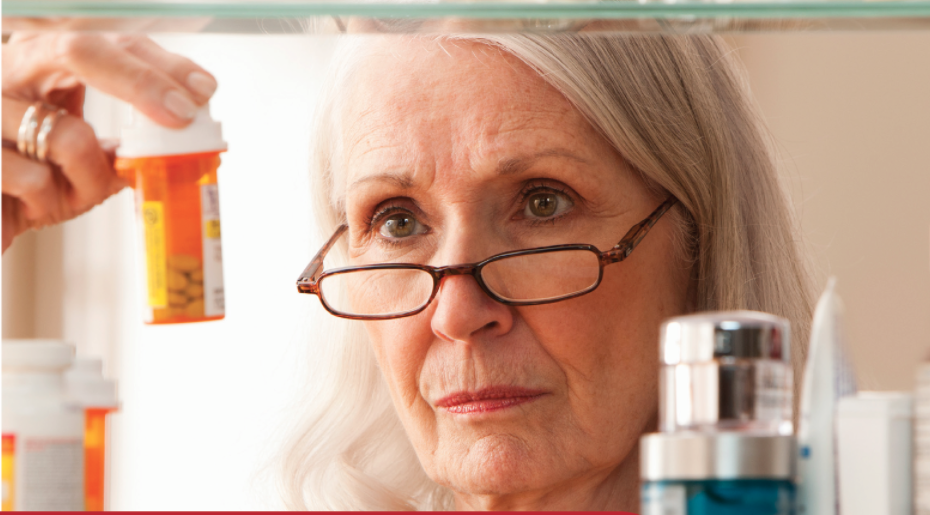© 2025 CSRXP- All Rights Reserved

BIG PHARMA EARNINGS WATCH: ELI LILLY
Jan 29, 2021
Brand Name Drug Company Sees Soaring Profits After Hiking Prices
Today, brand name drug giant Eli Lilly announced rising profits for the fourth quarter of 2020 – topping analysts’ expectations.
- The company clocked $7.44 billion in revenue for Q4 – surpassing analysts’ expectations.
- Stock for Eli Lilly surged to a ‘record high’ driven by strong sales of cancer drug Alimta and top-selling diabetes drug Trulicity.
- Sales of Trulicity rose 24 percent to $1.50 billion, beating estimates of $1.39 billion. Sales of Alimta grew 23 percent to $652.7 million, trouncing estimates of $560 million.
Over the past year the brand name giant has hiked prices on American patients, despite millions of Americans being unable to afford their prescriptions.
- Eli Lilly rang in the new year with over one dozen price hikes.
- In the first week of July, Eli Lilly was among Big Pharma giants that announced new price hikes despite the unprecedented economic uncertainty facing millions of Americans grappling with the pandemic.
- This past summer, Eli Lilly increased the price of two of its cancer drugs – Cyramza and Alimta.
- In 2020, Eli Lilly increased prices over a dozen times – including top-selling diabetes drug Trulicity.
Eli Lilly is also one of three companies that control 99 percent of the insulin market. In 1996, a 10-milliliter vial of Humalog cost $21, but today, the same vial costs patients $275. And, according to a recent report from the Senate Finance Committee:
- Over The Past Decade, The Three Largest Manufacturers Of Insulin – Novo Nordisk, Sanofi And Eli Lilly – “Aggressively Raised The List Price Of Their Insulin Products Absent Significant Advances In The Efficacy Of The Drugs.” “Sanofi’s long-acting insulin pens, Lantus SoloStar, increased from $303 in 2014 to $404 in 2019. The WAC price of Novo Nordisk’s long-acting insulin pens, Levemir FlexTouch, increased from $303 in May 2014 to approximately $462 in January 2019, representing an increase of $159—or 52%— in a little more than five years. Eli Lilly’s rapid-acting insulin, Humalog 50-50 Kwikpen, had a WAC of $530 in 2017 compared to $323 in 2013—an increase of $207 or 64% in four years. Sanofi’s rapid acting insulin, Apidra Solostar, also increased—from $302 in 2014 to $521 in 2019— while Novo Nordisk’s rapid-acting insulin, Novolog FlexPen, rose from $324 in 2013 to $558 in 2018, representing a more than 70% WAC price hike for both companies during this time period.” (Staff Report, “Insulin: Examining The Factors Driving The Rising Cost Of A Century Old Drug,” United States Senate Finance Committee, 1/14/21)
- Insulin R&D Spending Was A Fraction Of Manufacturers’ Revenue And Sales And Marketing Expenses. “Eli Lilly reported spending $395 million on R&D costs for Humalog, Humulin, and Basaglar between 2014 and 2018, during which time the company spent nearly $1.5 billion on sales and marketing expenses for its insulins. These three drugs generated $22.4 billion in revenue during that period. Similarly, Sanofi reported net sales of nearly ‚Ǩ31 billion (approximately $37 billion based on current currency conversion rates)5 between 2014 and 2018 for its five insulin products, during which time the company reported spending $902 million on insulin R&D. Novo Nordisk failed to provide requested R&D spending information to the Committee.” (Staff Report, “Insulin: Examining The Factors Driving The Rising Cost Of A Century Old Drug,” United States Senate Finance Committee, 1/14/21)
Follow along as we continue to monitor fourth quarter earnings announcements from brand name drug companies. Check out the key takeaways from Q4 earnings calls from Johnson & Johnson and Novartis HERE.
